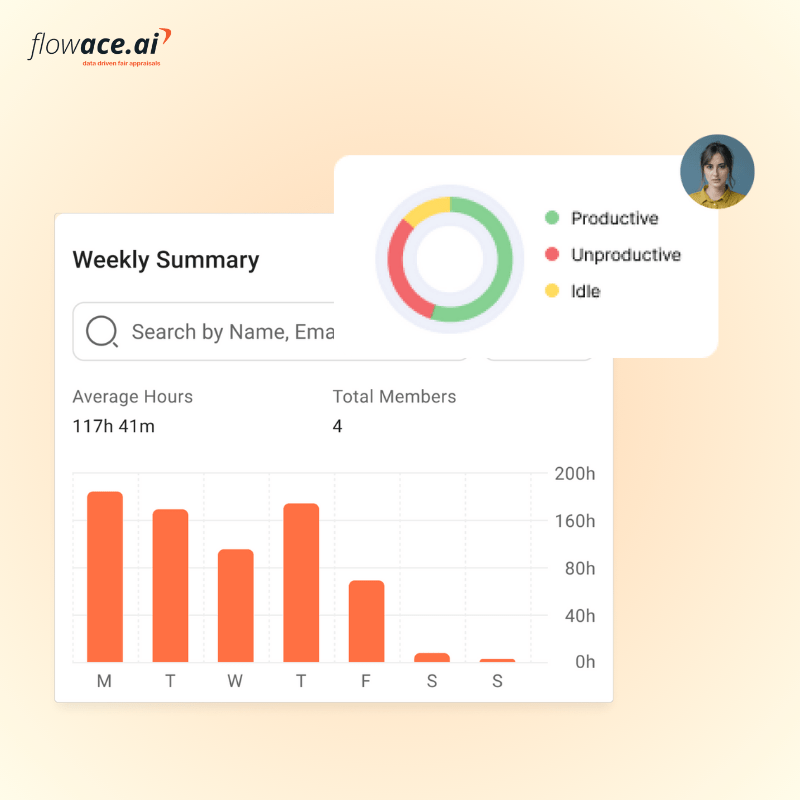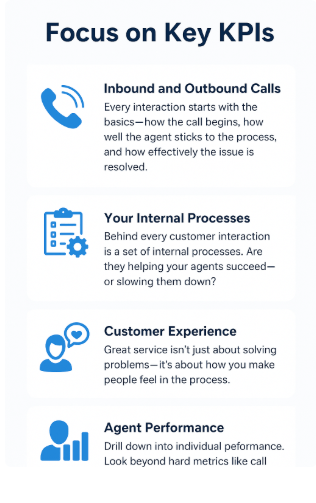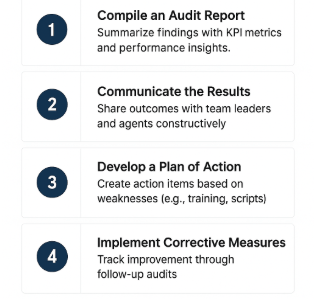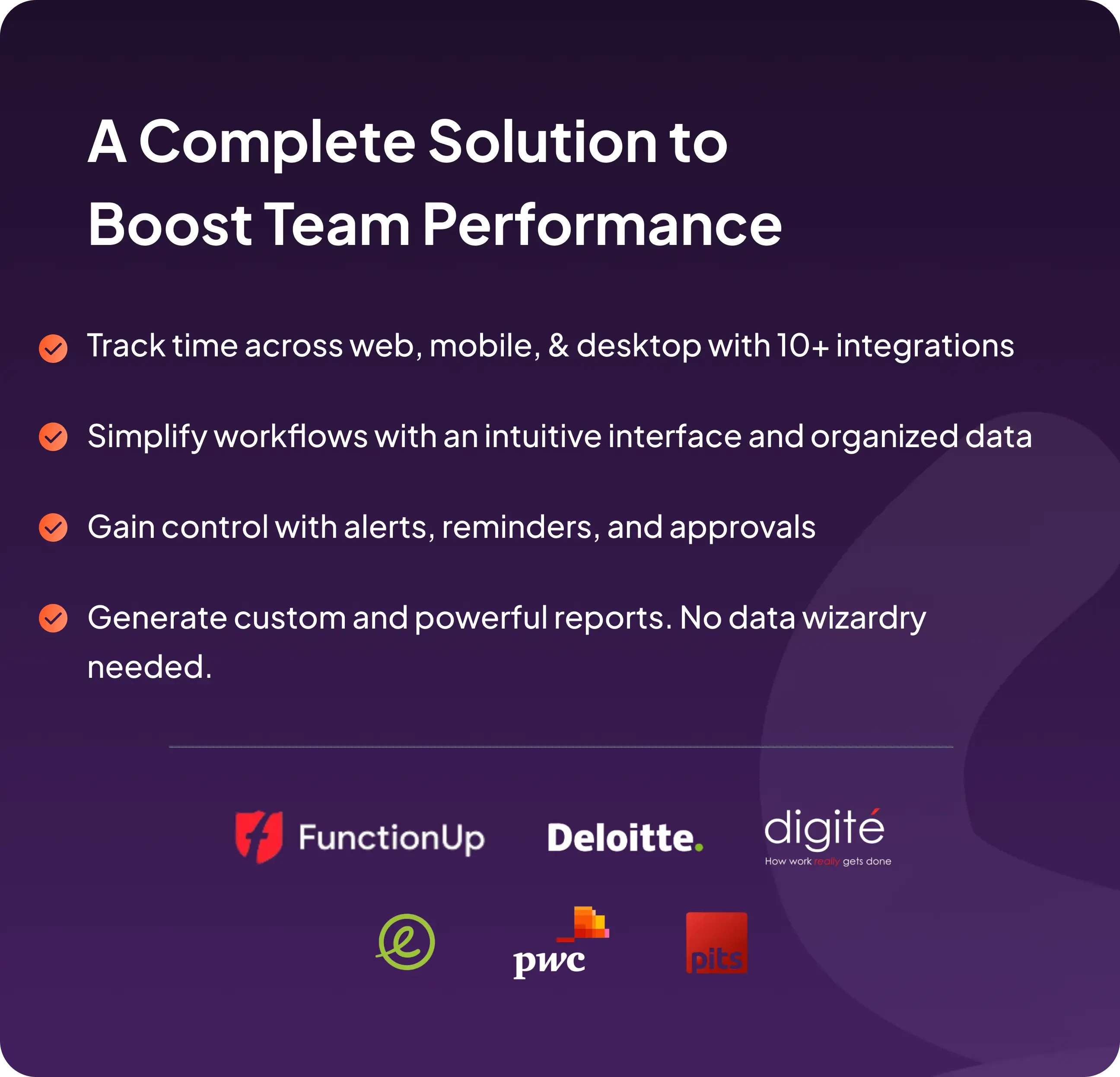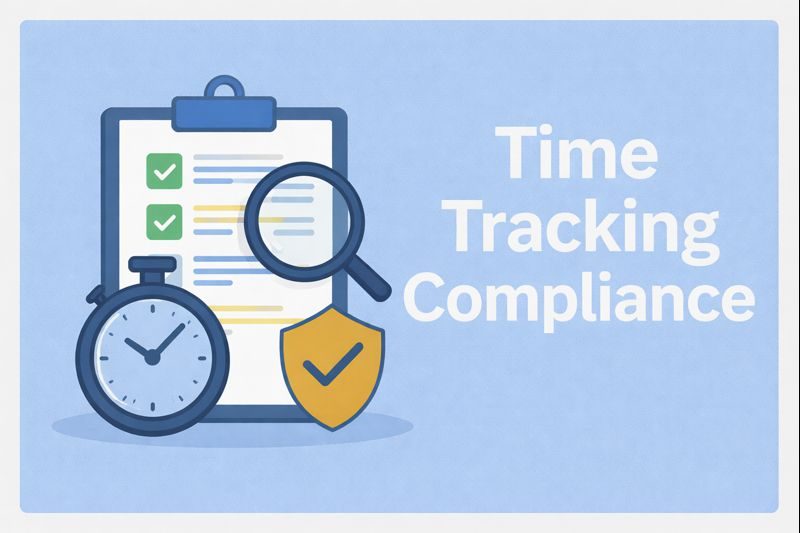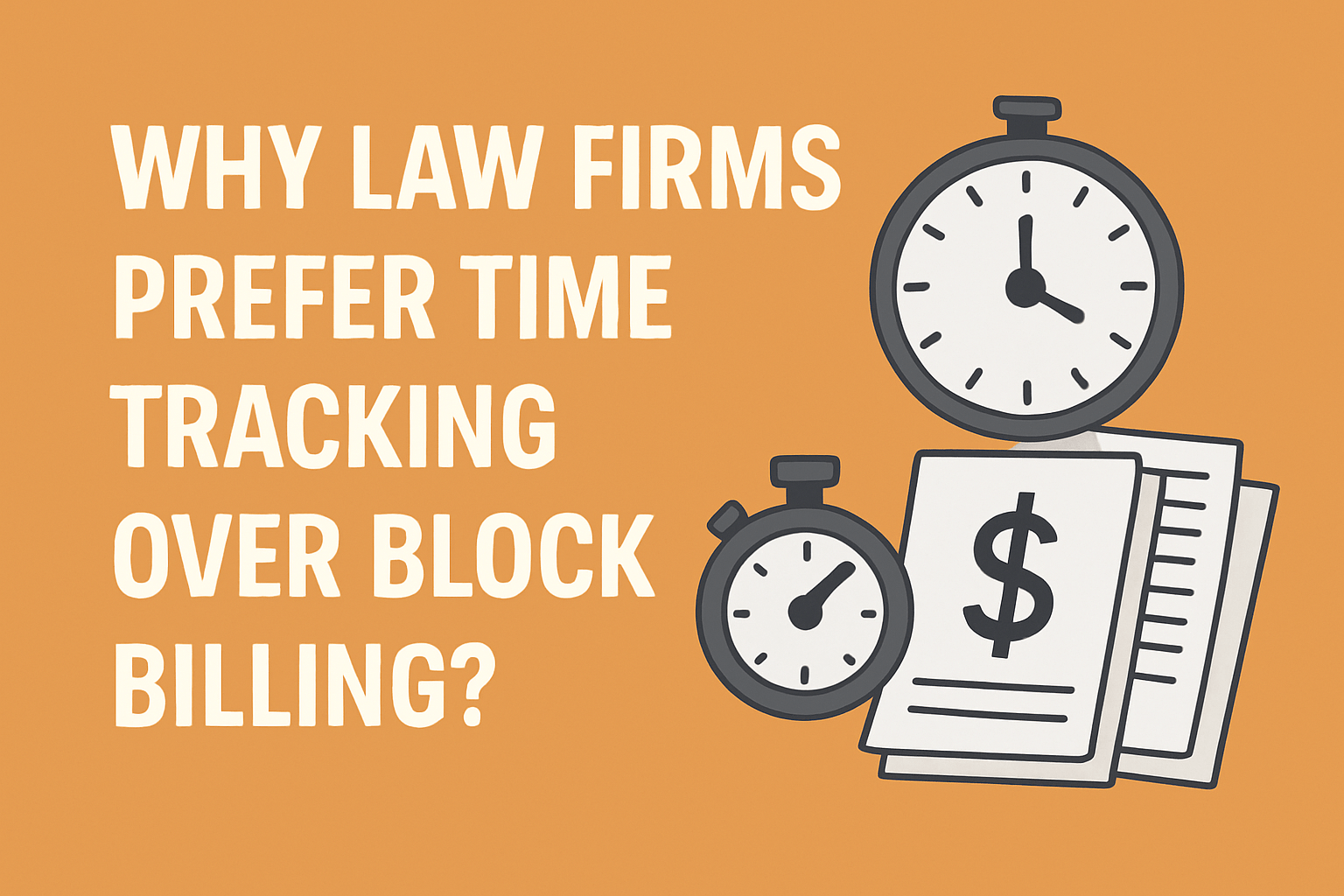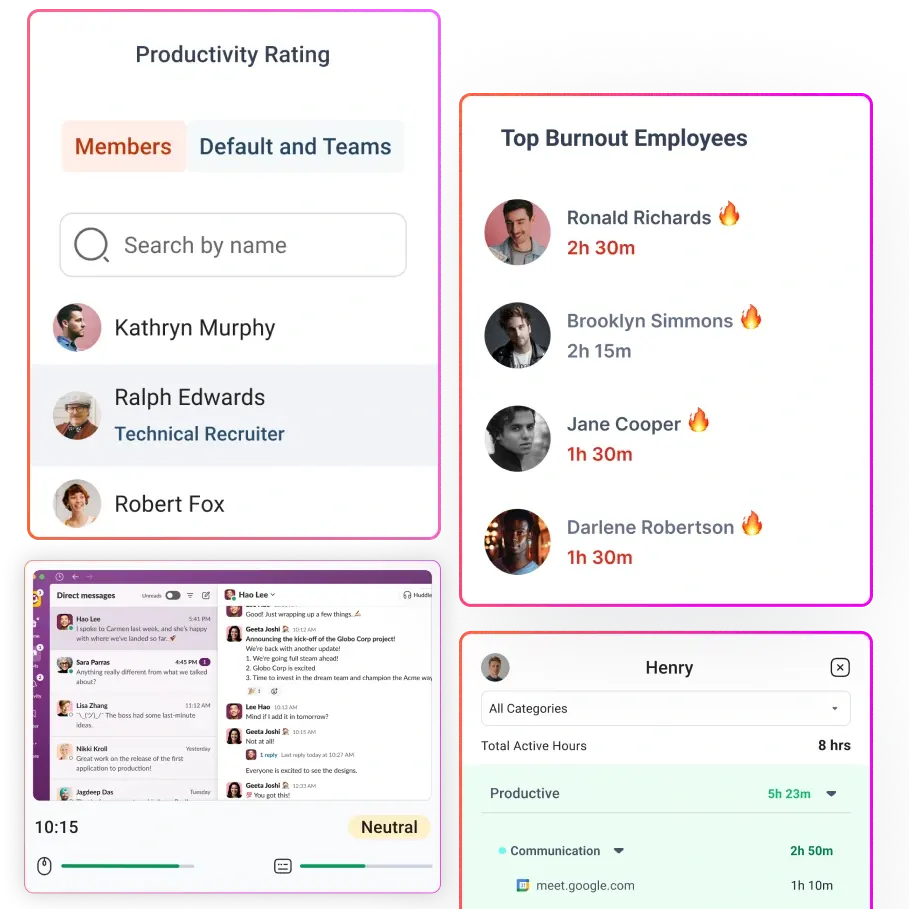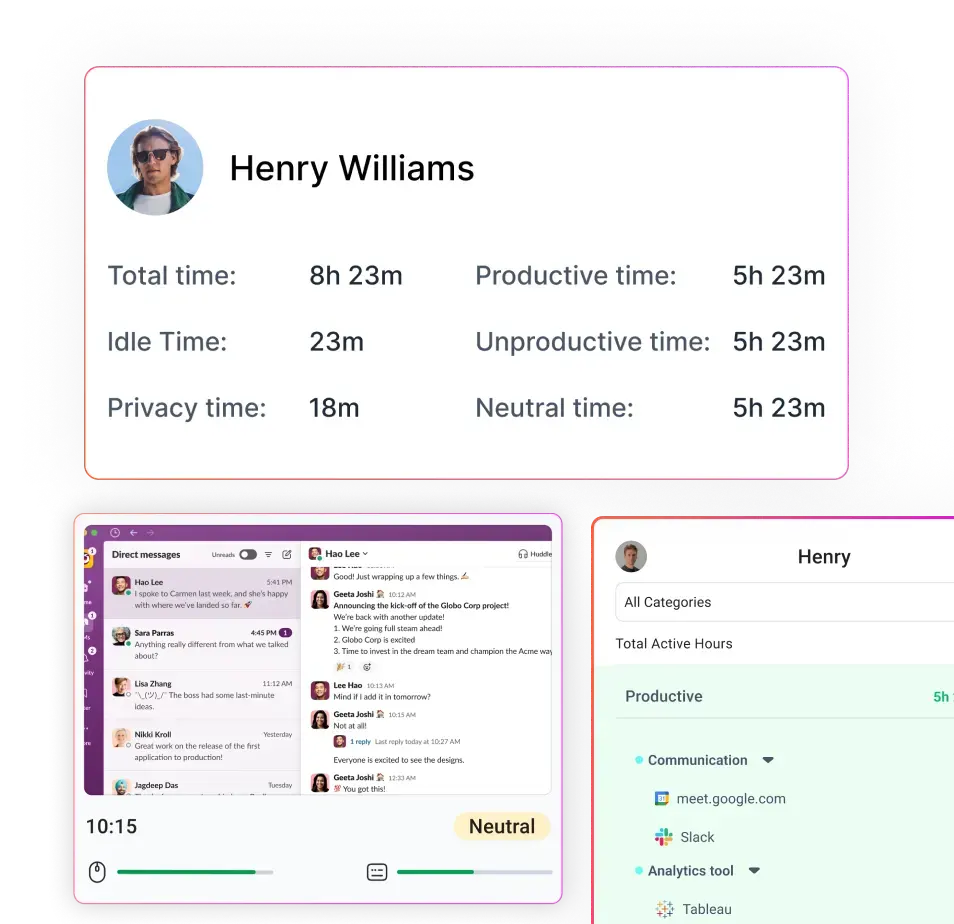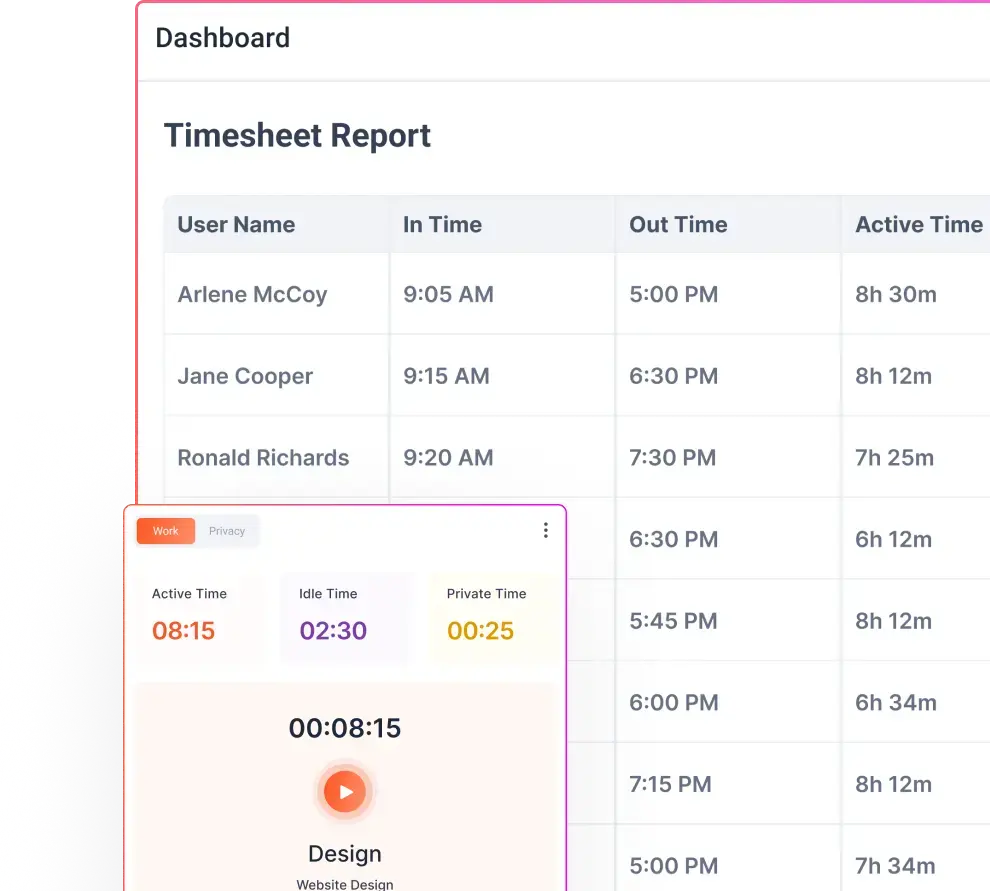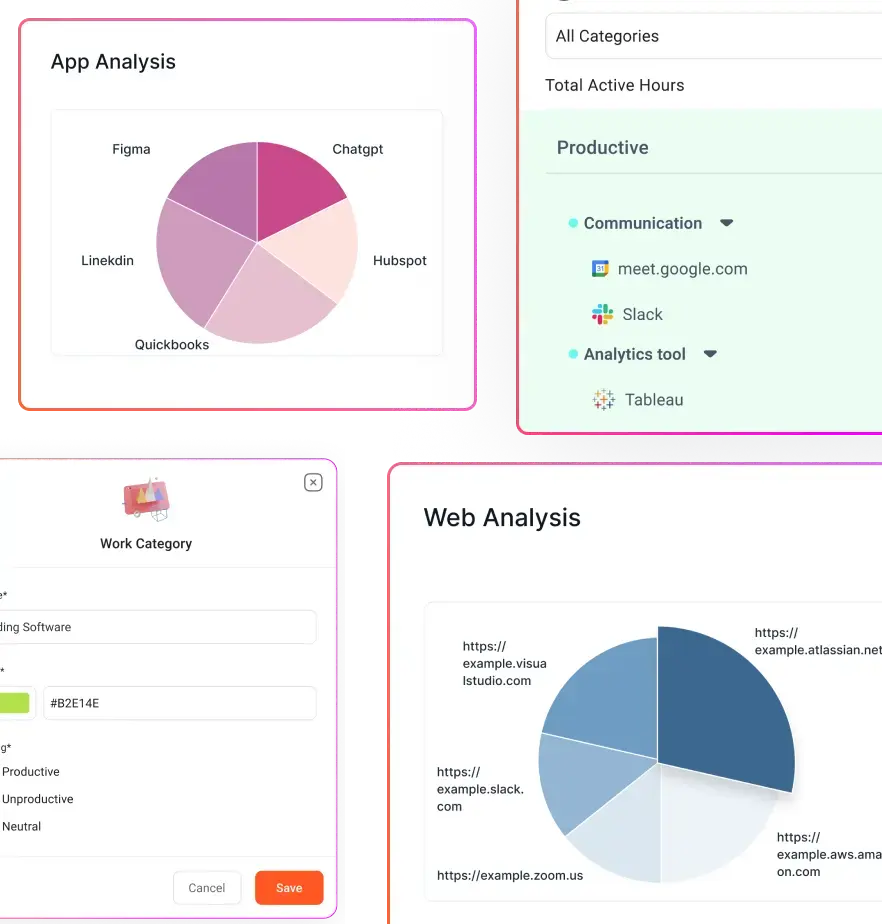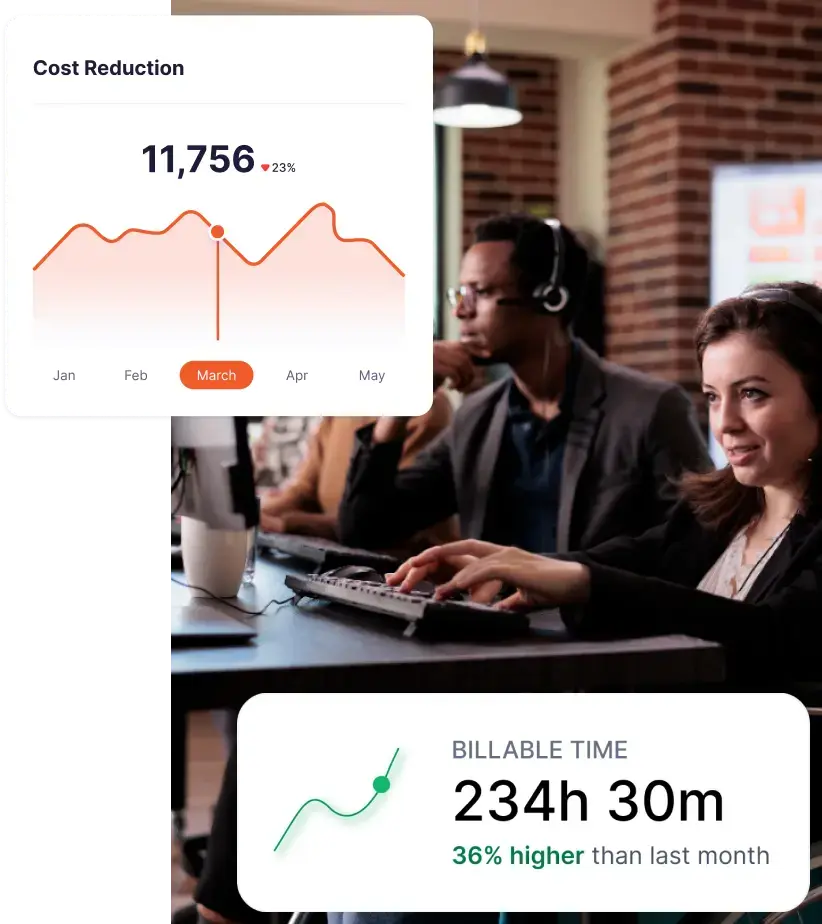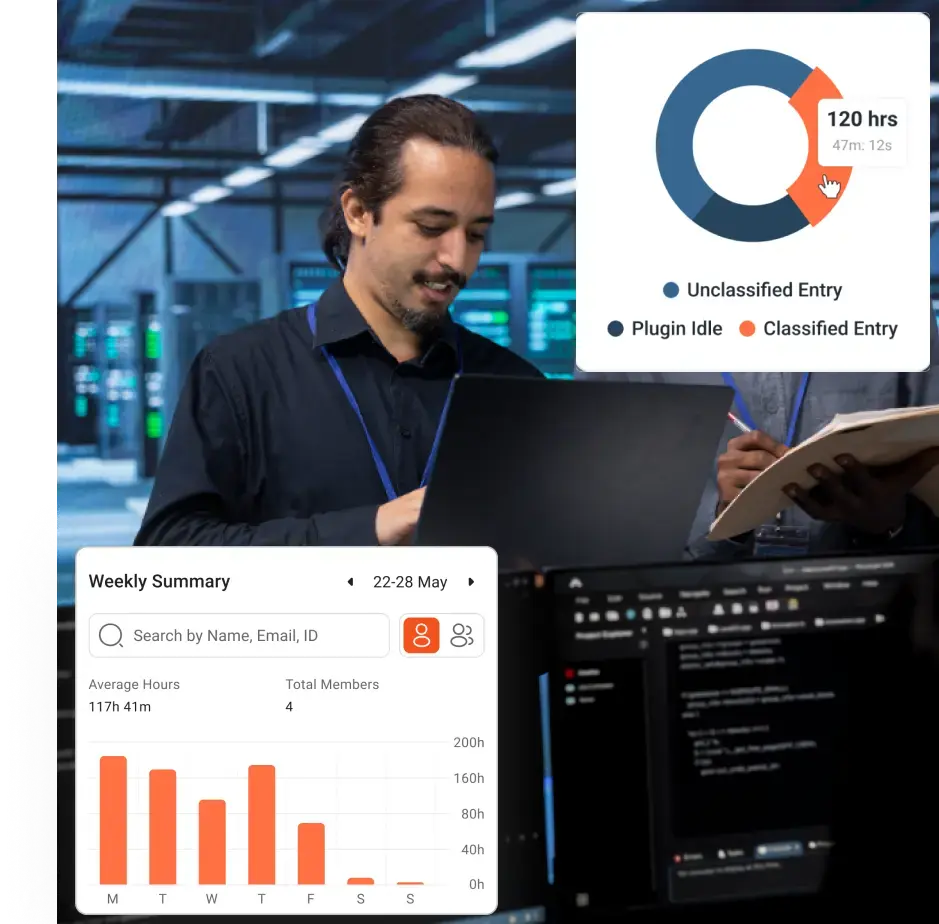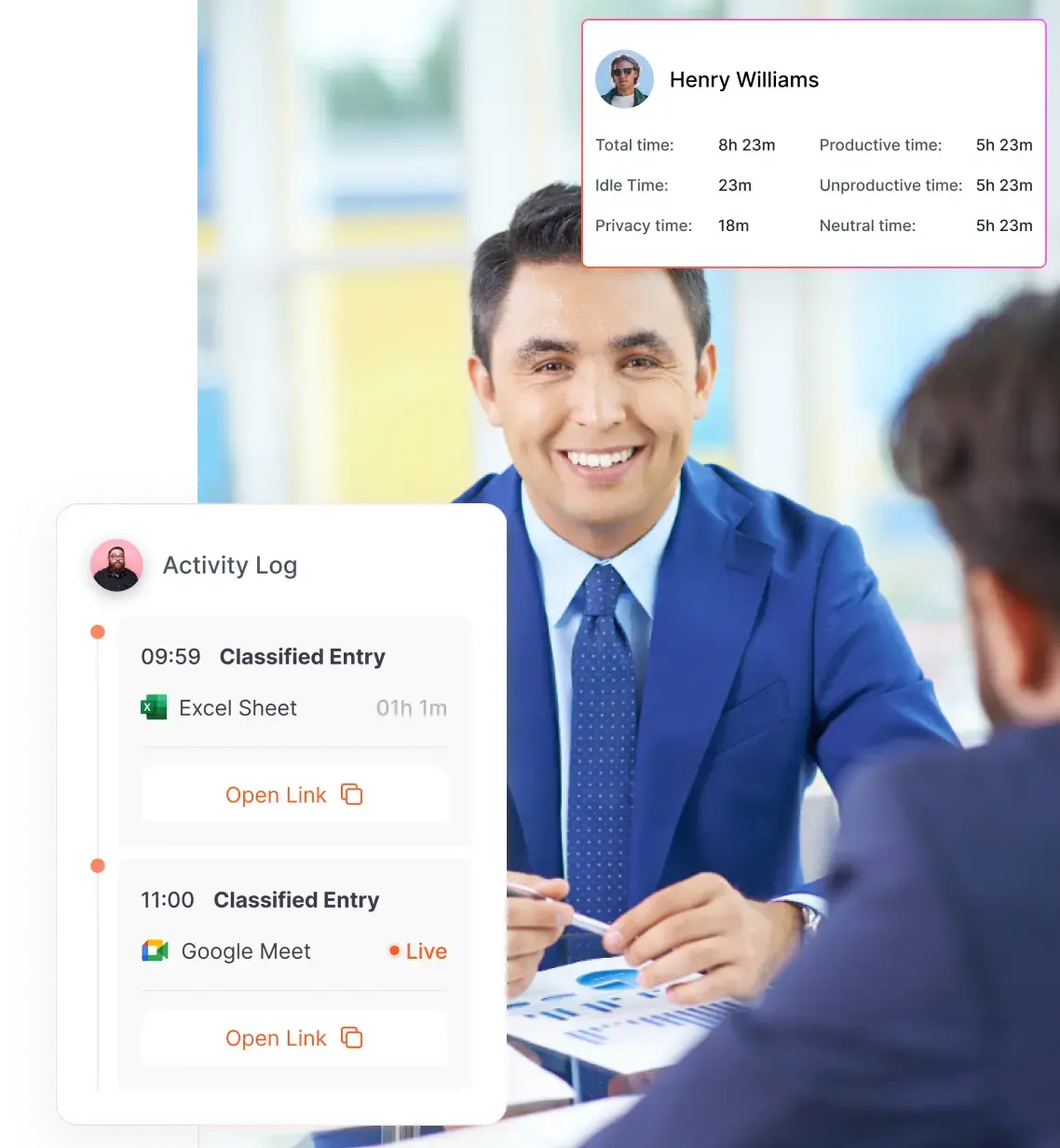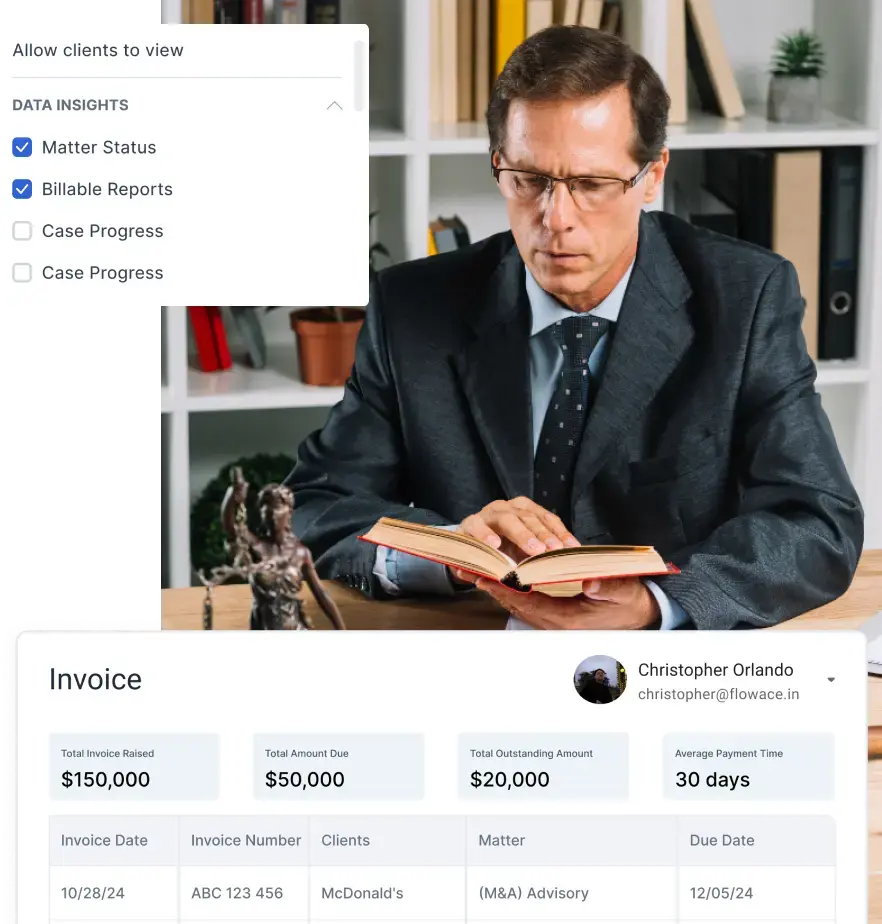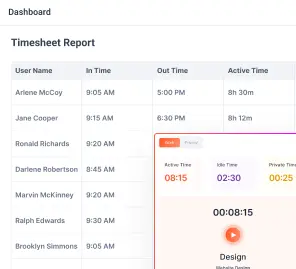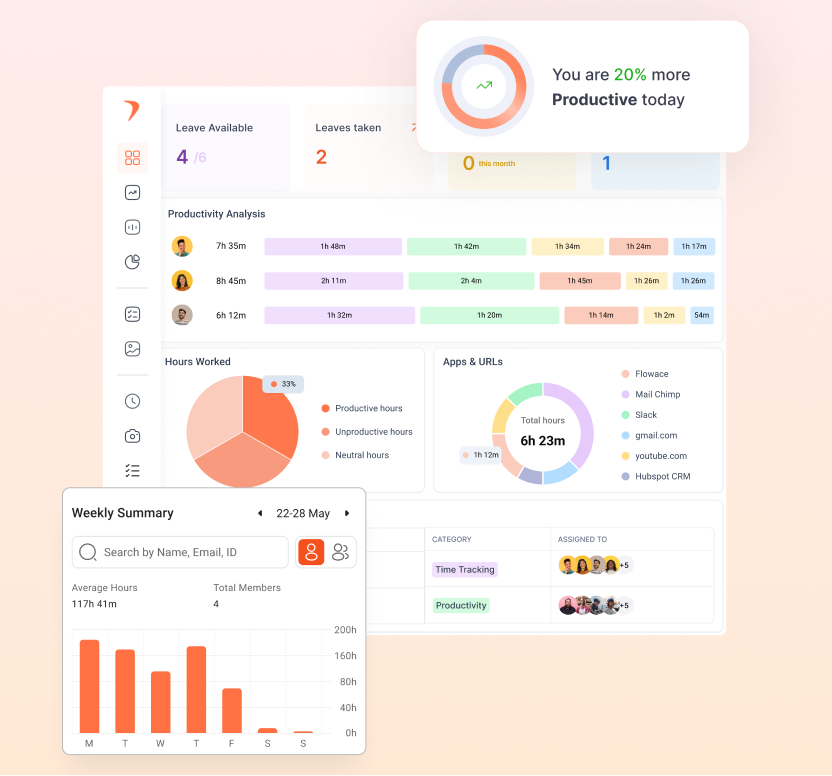Your support team is on the phone all day, handling everything from frustrated complaints to high-stakes sales inquiries. Every conversation holds weight. Every word exchanged can either strengthen a customer’s trust or push them away.
But here’s the reality—most businesses don’t really know what’s happening on those calls. Sure, you might see overall metrics like call volume or average handle time, but those numbers won’t tell you if an agent is genuinely listening, if compliance standards are being met, or if your team is consistently delivering the kind of experience your brand promises.
That’s why call audits matter.
A call audit gives you a close-up look at the heart of your customer interactions. It’s about listening, reviewing, and truly understanding what’s happening in those crucial moments between your agents and your customers. Done right, it uncovers opportunities you didn’t even know you were missing—whether that’s improving scripts, fine-tuning training, or catching compliance issues before they become risks.
In this guide, we’ll explore how to make call auditing practical and impactful. From setting clear guidelines, bringing in call center productivity and measuring what matters, to using the right tools to simplify the process, you’ll find everything you need to improve call quality and create a better experience for both your team and your customers.
3-Point Call Audit Checklist for Contact Center BPOs
1. Define Call Audit Guidelines
A call audit is only as strong as the framework behind it. Without clear guidelines, you risk inconsistent evaluations and subjective results that fail to drive improvement. Start by defining exactly what success looks like in your calls.
Your guidelines should reflect three core pillars: business goals, compliance requirements, and customer expectations. Business alignment ensures every call is contributing to a larger objective—whether that’s boosting first-call resolution rates, increasing sales conversions, or maintaining high customer satisfaction scores. Compliance, on the other hand, safeguards your organization from legal and regulatory pitfalls. If you operate in industries with strict data protection or privacy requirements, you can’t afford to have calls slipping through the cracks.
Finally, never lose sight of the customer. Your audit framework must capture the intangible elements of great service—empathy, clarity, and genuine problem-solving. When your agents understand that their role isn’t just to handle calls but to create positive customer moments, quality naturally follows.
2. Focus on Key KPIs
Call audits become truly powerful when they focus on what matters most. Instead of drowning in vanity metrics, zero in on the areas that impact both performance and experience.
Inbound and Outbound Calls
Every interaction starts with the basics—how the call begins, how well the agent sticks to the process, and how effectively the issue is resolved. Listen for professional, warm greetings that set a positive tone from the first second. Evaluate script adherence not as a robotic checklist but as a way to ensure critical information is delivered naturally. Finally, measure call resolution: did the agent solve the problem in one go, or did the customer leave frustrated and unresolved? These are the building blocks of strong call quality.
Your Internal Processes
Behind every customer interaction is a set of internal processes. Are they helping your agents succeed—or slowing them down? Your audit should examine whether workflows are being followed correctly, whether compliance steps are completed without shortcuts, and whether there are any inefficiencies that waste time and create friction. Often, call audits reveal that process issues, not agent mistakes, are the root cause of poor customer experiences.
Customer Experience
Great service isn’t just about solving problems—it’s about how you make people feel in the process. Use your audit to assess whether agents are actively listening, showing empathy, and tailoring their responses to the customer’s needs. Pay attention to tone, patience, and the ability to de-escalate tense situations. Also, consider the end-to-end experience: was the customer’s issue resolved quickly? Did they feel valued enough to provide feedback? These factors are what turn one-time customers into loyal advocates.
Agent Performance
Finally, drill down into individual performance. Look beyond hard metrics like call duration and resolution rates, and focus on the skills that truly drive results: communication, professionalism, and problem-solving. Are your agents taking ownership of issues? Are they demonstrating confidence without coming across as dismissive? Are they converting opportunities when they arise? When audits highlight these elements, they become a roadmap for targeted coaching that improves both agent satisfaction and customer outcomes.
3. Make Use of the Right Software
Technology is what transforms call auditing from a manual, time-consuming task into a strategic advantage. With the right tools, you can automate evaluations, gain deeper insights, and coach your agents more effectively. The goal isn’t just to monitor performance, it’s to create an ecosystem where continuous improvement becomes second nature.
A. For Agent Assessment
One of the biggest challenges in call audits is evaluating agent performance objectively and at scale. This is where specialized software comes in—tools designed to track productivity, analyze conversations, and generate actionable insights.
Flowace – The All-in-One Solution
Flowace isn’t just another call center monitoring tool—it’s built to give contact centers complete visibility into how their teams operate, without the micromanagement headache. It uses AI-driven productivity tracking to capture real-time activity across calls, CRM systems, and other workflows, ensuring you’re not just seeing the outcome of a call but the process behind it.
With built-in call monitoring, you can listen to recorded interactions, review how agents handle different scenarios, and even get automated transcripts for deeper analysis. What sets Flowace apart, though, is its automated QA reports—no more sifting through endless call logs. The platform generates comprehensive reports that highlight trends, agent strengths, and areas for improvement, making coaching data-driven and targeted.
Its pricing is transparent and scalable, designed to fit businesses of all sizes—from small BPOs looking to tighten operations to enterprise-level contact centers managing thousands of calls daily. And don’t just take our word for it—Flowace consistently earns top ratings on G2 and Capterra, with users praising its ease of use, powerful analytics, and measurable ROI. For teams that want more than just monitoring—for those aiming to truly optimize performance—Flowace is a game-changer.
Time Doctor
Time Doctor is a widely known productivity tracking tool that also serves contact centers. It offers time tracking, screen monitoring, and detailed activity reports, making it useful for understanding how agents spend their time. Its pricing starts at an accessible point, appealing to small and medium-sized businesses. However, while it excels in tracking work hours and ensuring accountability, it lacks the call-specific QA features that Flowace delivers. On platforms like G2, it holds solid ratings for functionality but receives mixed feedback on usability in high-volume call environments.
Hubstaff
Hubstaff combines time tracking with activity monitoring and basic reporting. It integrates with popular project management tools, making it versatile for remote teams. Pricing is tiered, with entry-level plans that are budget-friendly and enterprise options with more advanced features. Users appreciate its lightweight design and integrations but often note that it doesn’t provide the in-depth call analytics or automated QA insights needed for a robust call auditing process. While Hubstaff is a good general productivity tool, it simply doesn’t match Flowace’s end-to-end auditing capabilities.
B. To Analyze Calls
Once you’ve assessed individual agent performance using call center KPIs, the next step is to dive into the calls themselves. Call analysis tools take the guesswork out of understanding what’s really happening in your conversations—they transcribe, categorize, and surface insights that would otherwise take hours of manual review. These tools help you identify patterns: why calls succeed, where customers drop off, and how agent responses affect outcomes. Here are some of the leading solutions you can consider:
Gong
Gong is a powerhouse for call analysis in sales-driven environments. It uses AI-powered conversation intelligence to capture, transcribe, and analyze calls across multiple platforms—phone, video, and web conferencing. The standout feature? It doesn’t just show you what was said; it shows you what mattered. By highlighting talk-to-listen ratios, objection-handling effectiveness, and missed opportunities, Gong gives managers a crystal-clear view of what drives conversions. Pricing is custom-based, generally on the premium side, reflecting its enterprise-level capabilities. On G2 and Capterra, Gong boasts exceptional ratings for its depth of insights and impact on sales performance, though some users note the learning curve can be steep for new teams.
Observe.AI
Built specifically for contact centers, Observe.AI brings AI-driven speech analytics, sentiment analysis, and compliance monitoring to the table. It goes beyond keyword spotting to evaluate tone, pace, and customer sentiment, helping you catch subtle issues that might slip through traditional QA processes. Its ability to auto-score calls against your QA benchmarks makes it a favorite among BPOs handling large call volumes. Pricing is typically enterprise-focused, and its high ratings on G2 emphasize ease of implementation, strong ROI, and actionable insights.
CallMiner
CallMiner has long been a leader in the analytics space, known for its real-time speech analytics, emotion detection, and root-cause analysis. It’s ideal for organizations that want to move from reactive to proactive quality assurance—identifying problems as they occur, not after the fact. The platform supports both voice and text-based interactions, making it versatile for omnichannel support teams. Pricing is custom, but reviewers consistently praise its comprehensive analytics capabilities while acknowledging that it may feel complex for smaller teams without dedicated QA resources.
Pairing a robust assessment tool like Flowace with a deep analytics solution like Gong, Observe.AI, or CallMiner means you’re not just monitoring agents—you’re understanding conversations at scale and driving meaningful improvements.
4 Steps to Utilizing Call Audit Results
Collecting audit data is only half the battle; what you do with it determines whether your efforts actually improve performance or get buried in a forgotten spreadsheet. Here’s how to turn audit results into lasting impact:
Step 1: Compile an Audit Report
Start by gathering everything you’ve learned into a clear, comprehensive report. This isn’t just a list of what went wrong—it’s a balanced view of performance. Include KPI metrics like resolution rates, customer satisfaction scores, and compliance adherence, but also spotlight what’s working well. Success stories and strong examples can be just as instructive as problem areas. A well-crafted audit report should answer three questions: Where are we excelling? Where are we falling short? What’s the business impact?
Step 2: Communicate the Results
How you share audit findings can make or break their effectiveness. Drop a heavily critical report on your agents’ desks, and you’ll get defensiveness, not improvement. Instead, frame results constructively. Present them in team meetings, highlight wins before addressing challenges, and invite feedback. When agents feel involved rather than judged, they’re far more likely to engage with the process and take ownership of their development.
Step 3: Develop a Plan of Action
Data without action is wasted potential. Translate your audit findings into a concrete plan for improvement. If you discover that agents are struggling with empathy in tough conversations, design targeted training sessions. If scripts aren’t driving results, revise them based on what your best performers are doing. Assign clear owners for each action item and set timelines—you want everyone to know exactly what needs to happen next and by when.
Step 4: Implement Corrective Measures
Finally, put your plan into motion and track progress through follow-up audits. The goal is to create a continuous feedback loop: audit, improve, re-audit. Celebrate improvements along the way to keep morale high and ensure the process feels rewarding, not punitive. Over time, you’ll see measurable gains in customer satisfaction, efficiency, and overall team performance.
Done well, this cycle turns call auditing from a quality-control exercise into a strategic driver of growth—improving not just how calls are handled, but how your entire business operates.
Importance of Conducting Call Audits
Call audits aren’t just another item to tick off on your quality assurance checklist—they’re the backbone of running a high-performing contact center. They give you a real-world view of how your customers are being treated, how well your processes hold up under pressure, and how effectively your team is performing. Here’s why they’re so critical:
Enhances Customer Experience
At the end of the day, everything comes down to the customer. Call audits let you step into their shoes and truly understand what they’re experiencing on the other end of the line. Are they greeted warmly? Are their problems handled with care and urgency? Are they left feeling valued, or like just another ticket to close?
When you analyze calls regularly, you uncover what delights customers—and what frustrates them. This isn’t just about avoiding negative reviews; it’s about building loyalty. Customers remember how you made them feel, and a consistently positive experience is what keeps them coming back, recommending you to others, and staying loyal even when competitors come knocking.
Ensures Compliance with Standards
In industries like finance, healthcare, or any sector handling sensitive information, compliance isn’t optional—it’s survival. A single slip-up in how customer data is handled can lead to hefty fines, legal trouble, and a serious hit to your reputation. Call audits help you catch these risks before they escalate.
By reviewing conversations against industry regulations and internal policies, you can spot where agents might be cutting corners (often unintentionally) and fix it fast. Think of audits as your safety net, ensuring that while your team focuses on helping customers, they’re also protecting your business from unnecessary risk.
Identifies Agent Training Needs
No two agents are the same. Some excel at empathy but struggle with process adherence. Others are technically accurate but lack the soft skills to build rapport. Call audits shine a spotlight on these differences, giving you the insight to train smarter, not harder.
Instead of generic “one-size-fits-all” training, you can create targeted coaching sessions based on actual performance gaps. This not only helps agents improve faster but also boosts their confidence—they know you’re investing in their growth, not just pointing out flaws. Over time, this leads to a stronger, more engaged team that performs consistently at a high level.
Improves Efficiency and Sales Conversions
Finally, call audits drive tangible business results. By pinpointing bottlenecks in your processes, you can remove friction that slows agents down and frustrates customers. Faster, smoother interactions mean reduced call handling times, lower operational costs, and happier customers.
And for sales teams? The impact is even clearer. Audits reveal which approaches work and which don’t—whether it’s the way agents handle objections, present solutions, or follow up on leads. By refining these techniques based on real-world data, you can dramatically improve conversion rates and revenue without increasing call volume.
In short, call audits aren’t just about quality—they’re about growth. They give you the insights to create better experiences, protect your business, empower your team, and drive results that directly impact your bottom line.
Why Flowace is the Best Fit for Call Auditing
If you’re serious about improving call quality and driving business results, you need more than a basic QA checklist—you need a platform that empowers you to see the full picture and take action. That’s exactly what Flowace delivers.
Flowace isn’t just a call monitoring tool—it’s a complete productivity and performance tracking ecosystem designed for modern contact centers, BPOs, and sales teams. At its core, Flowace combines real-time productivity tracking with AI-powered analytics, giving you visibility not just into what’s happening during calls, but also into the processes that lead up to and follow them.
With AI-powered agent performance analytics, you can instantly identify who’s excelling, who’s struggling, and why. It goes beyond surface-level metrics, diving deep into behaviors, workflows, and outcomes so you can make data-driven decisions. For managers, this means no more guesswork—every coaching session, every process adjustment, every training program is informed by actionable insights.
Flowace also revolutionizes the auditing process itself. Automated QA reports save you from hours of manual evaluation, providing clear summaries of performance across teams, individual agents, and even specific campaigns. Integrated compliance monitoring ensures that every interaction meets regulatory standards, reducing risk while keeping quality high.
Unlike traditional QA methods that only scratch the surface, Flowace offers end-to-end visibility—from call activity to CRM updates, from daily workflows to overall productivity trends. It’s a seamless, all-in-one solution that not only highlights issues but also shows you how to fix them.
And perhaps most importantly, Flowace delivers measurable ROI. Users consistently report higher customer satisfaction scores, improved agent efficiency, and significant time savings in their QA processes. Rated highly on platforms like G2 and Capterra for ease of use, powerful analytics, and tangible results, Flowace has become the go-to choice for forward-thinking contact centers.
For teams that want to move beyond outdated, manual QA methods and embrace a smarter, data-driven approach to call auditing, Flowace isn’t just a good option—it’s the best one. It turns quality assurance into a growth engine, helping you deliver better service, stronger compliance, and more revenue—one call at a time. Sign up for a 14-day free trial today!


